Young Scientists Participate in Shark Research
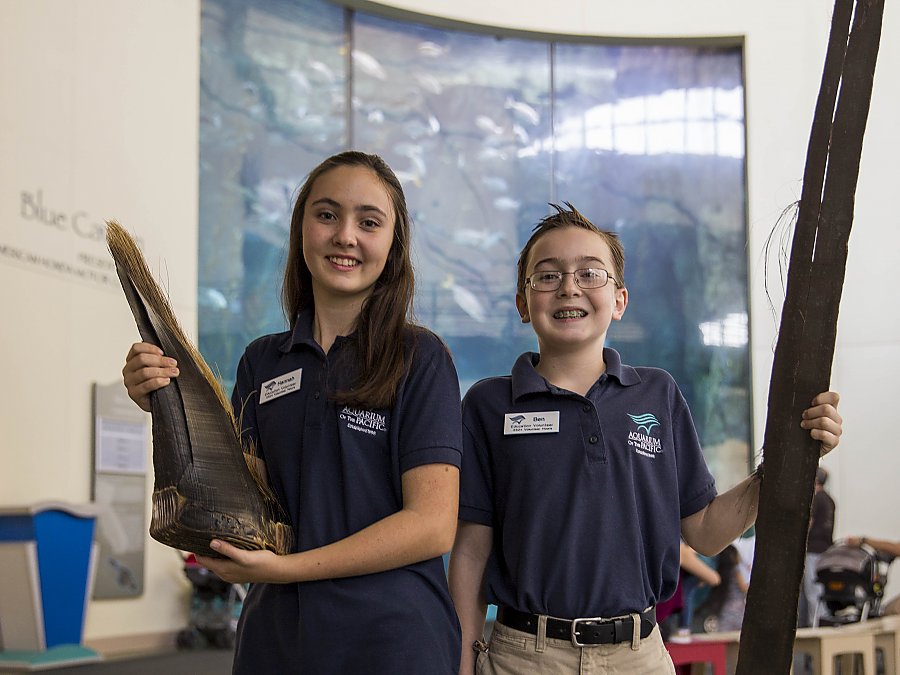
In Focus
Sunday, January 28, 2018
Hannah (age fourteen), Ben (age eleven), and their mom Nancy are family volunteers at the Aquarium. They joined our citizen science efforts and began doing research for Global FinPrint. Hannah is here today to share her experience as a young scientist!
Volunteering at the Aquarium with my brother and mom is one of the highlights of my month! We go to the Aquarium every couple weeks and spend a day helping our guests learn more about the ocean.
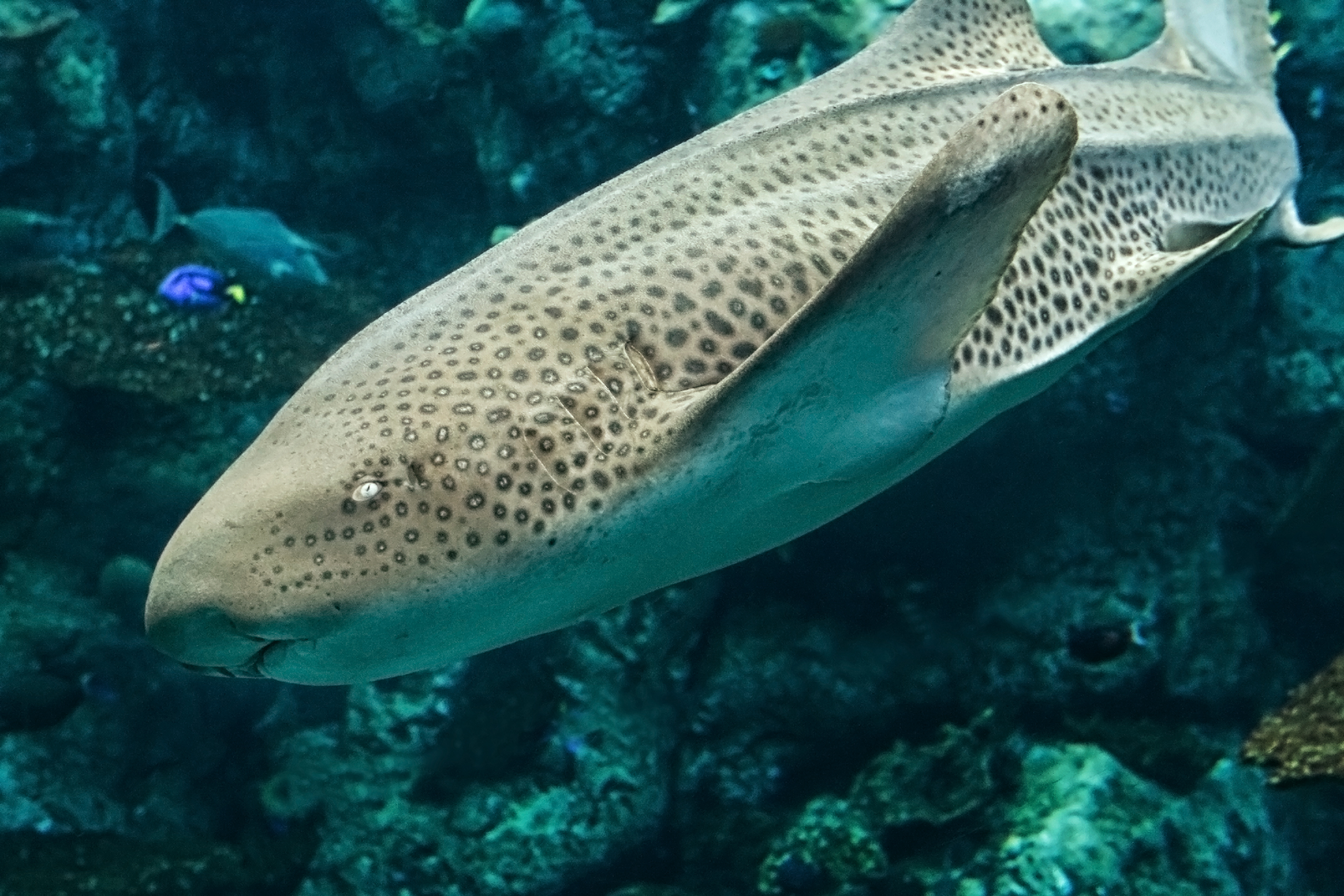
My favorite animals at the Aquarium are the sharks. Though I love them all, my favorite is Fern the zebra shark, who you can see swimming in Shark Lagoon with her other shark friends. She is 140 pounds and nearly eight feet long. Plus, she has been at the Aquarium since it opened in 1998.
Last year Aquarium staff member Erin McCombs traveled to Belize and worked with Dr. Demian Chapman on his shark conservation research. She told us about her experience (which you can read about here) and it sounded cool. So, when I heard that Erin was starting a new citizen science program related to sharks, I got really excited!
For this program, the Aquarium is partnering with Global FinPrint. This organization is taking the world’s largest reef shark and ray survey by filming marine life using underwater cameras. The hope is that by observing the animals in their natural habitats, we can gather enough information to understand why sharks and rays are diminishing in numbers.
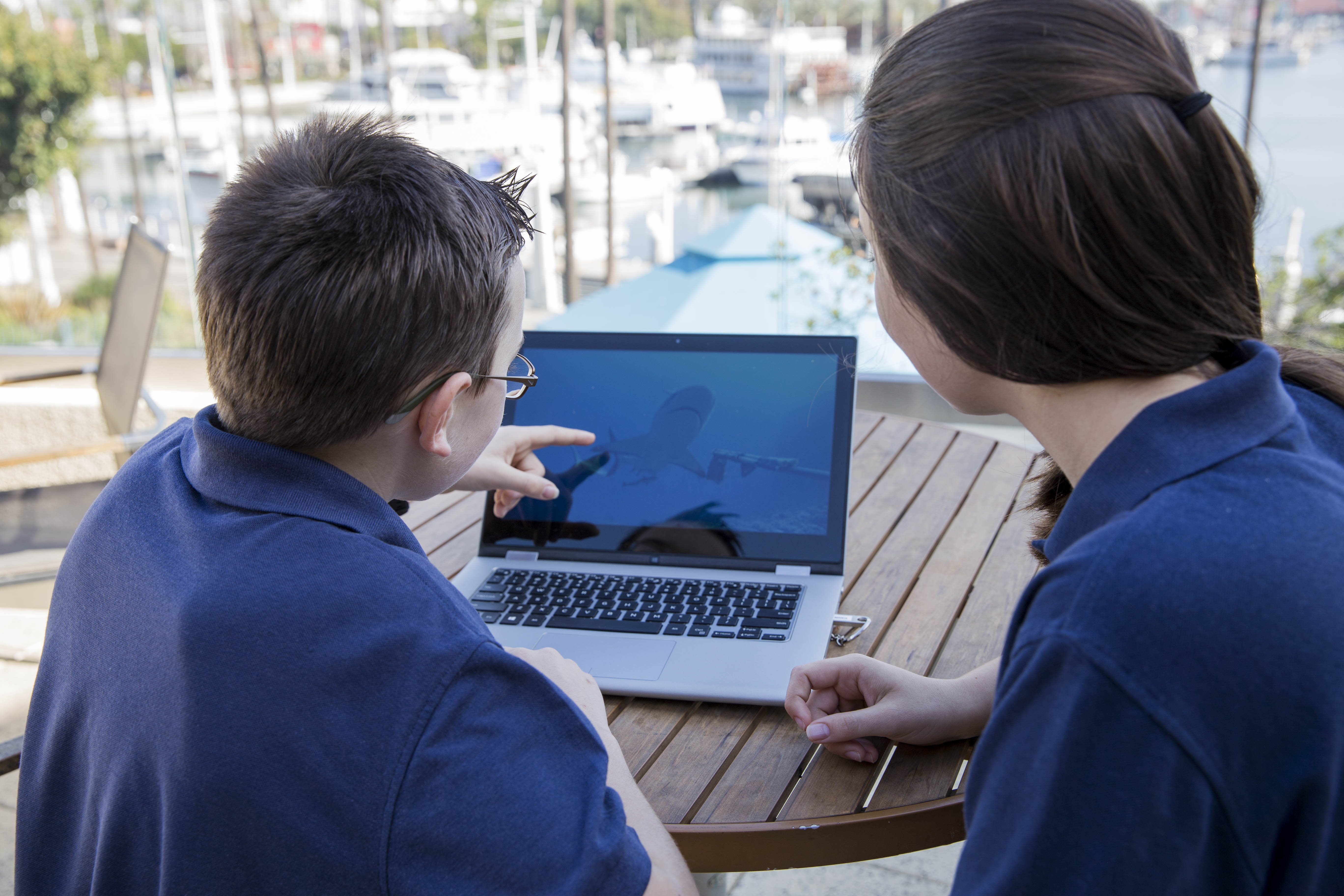
During the last three years, Global FinPrint has taken thousands of videos in different locations around the world. All of these videos need to be reviewed and annotated. That’s where we come in!
We joined Erin and about thirty other volunteers at the Aquarium to review hour-long videos of reefs in different areas of the Pacific Ocean including Fiji, New Caledonia, and French Polynesia.
Erin trained us on how to identify the different types of sharks and animals that are typically found in these waters. For the most part, there are three types of species, which includes the gray reef shark, blacktip reef shark, and whitetip reef shark. You can tell the difference between the sharks based on their coloration and certain distinguishing marks.
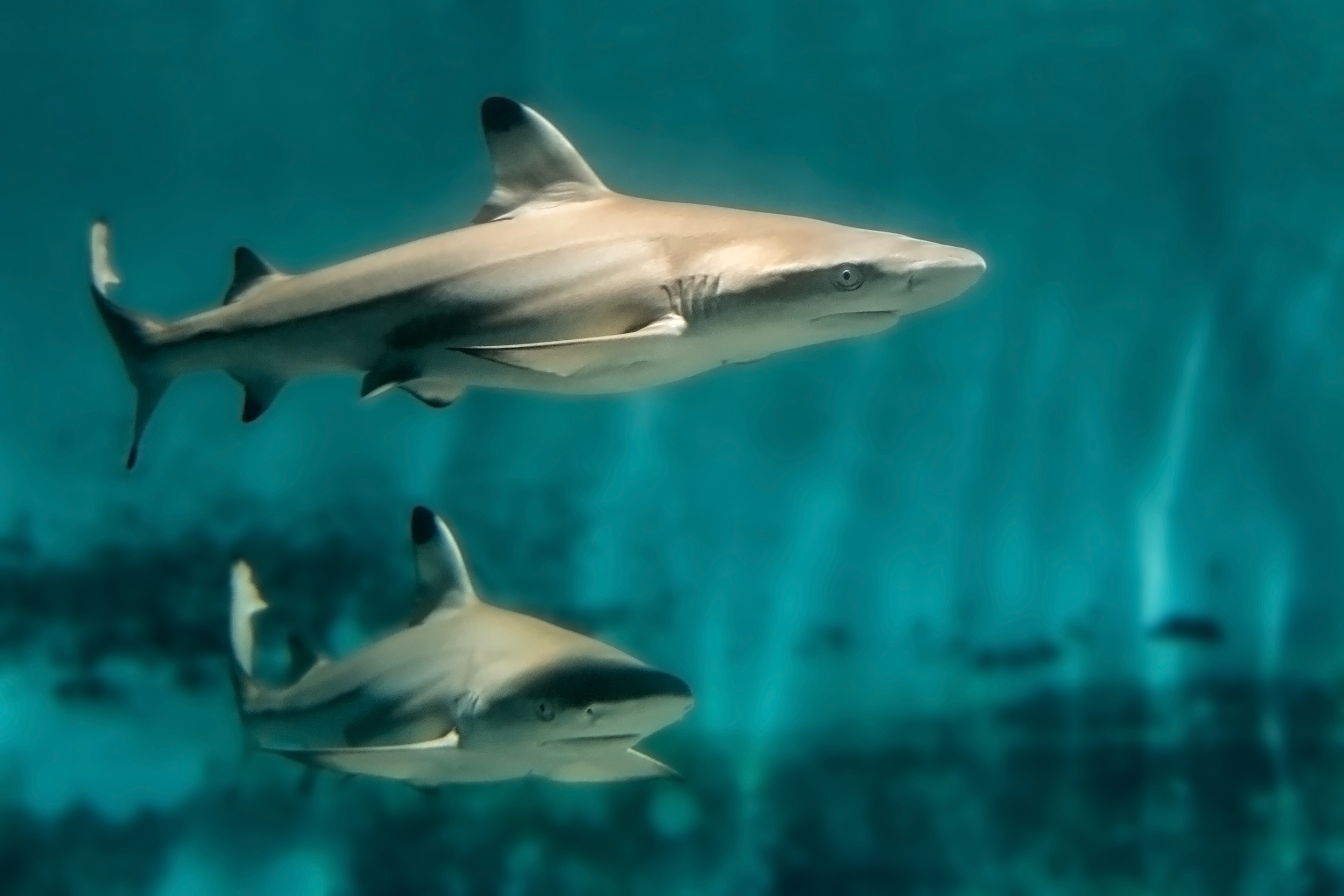
Once we were trained, we watched the videos in our free time and took notes on what we observed. These notes were then uploaded to the Global FinPrint database.
It was a lot of fun to watch the videos with my mom and brother. There have been times when we watched a video and nothing really happened. However, in one video we saw seven sharks in the frame at one time! Recently we saw a pregnant shark swim by and we’ve seen an eel steal the bait bag that was on the camera!
Our citizen scientist group has watched a lot of videos since the program started. We watched 105 videos in Fiji and took note of sixty-six sharks. New Caledonia was an exciting area to review; we found 324 sharks in 105 videos.
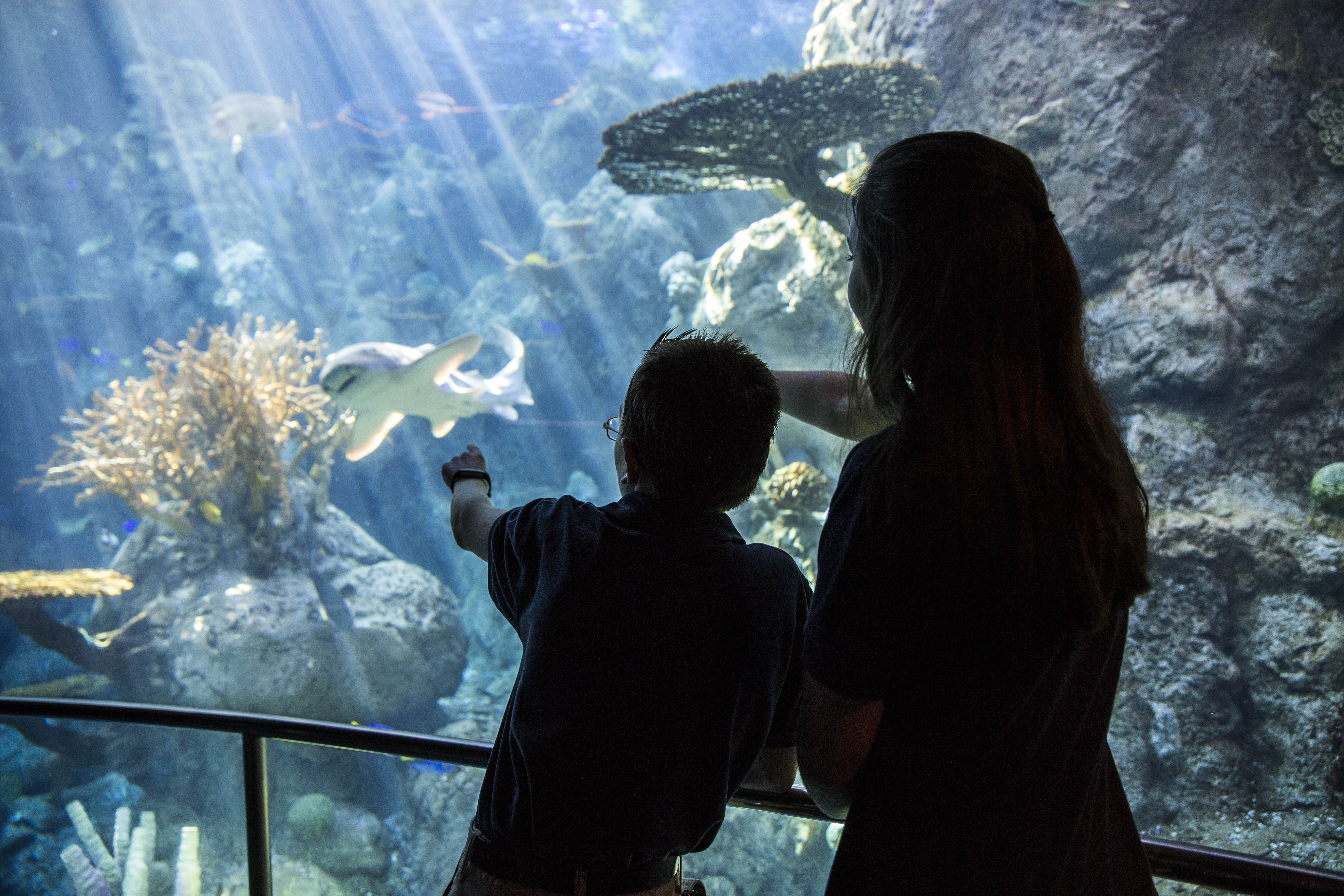
This citizen scientist program has taught me to identify a lot of shark species, and I’m so proud to be part of it. Not only is the research fun and interesting, but also I get to be a real scientist and contribute to the conservation of my favorite animals.

